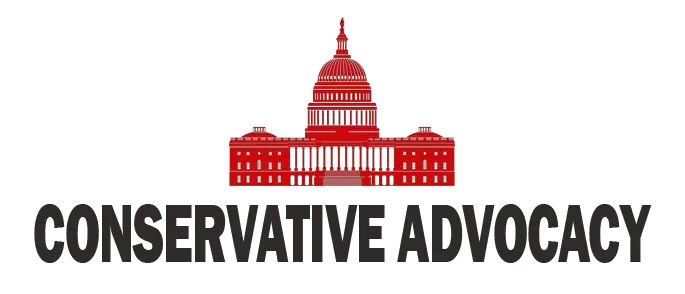
There’s a lot that should go into a classroom: pencils, textbooks, a teacher who knows basic grammar. You know what shouldn’t be there? A flag that turns education into activism—the Pride flag.
Before anyone starts hyperventilating into their reusable coffee mug, let me clarify: this isn’t about hate. It’s about boundaries, common sense, and what public education is supposed to be—neutral ground for learning, not a stage for political performance art.
Classrooms Are for Education, Not Indoctrination
We send our kids to school to learn reading, writing, and how not to butcher American history. Not to get a crash course in sexual politics before they’ve even hit puberty.
The classroom should be the one place left in America where kids aren’t being targeted by the latest ideological trends. But when you hang a Pride flag on the wall, you’re not just decorating. You’re declaring allegiance to a movement—one with a very specific worldview about gender, sexuality, and identity.
And let’s not pretend it stops there. One flag leads to “pronoun days,” “gender unicorns,” and asking 7-year-olds if they’re feeling more “nonbinary” today than they were yesterday. It’s not a slippery slope—it’s a slip ‘n slide to social confusion.
This Is About Parental Rights, Not Rainbow Fabric
You know who gets to teach kids about morality, sexuality, and identity? Their parents. Not a teacher with a TikTok channel. Not a union rep. Not the latest government-sponsored “diversity” toolkit.
When a teacher decides to hang a Pride flag in their classroom, what they’re really doing is overriding the values some families are trying to teach at home. That’s not inclusion. That’s ideological colonization.
If a conservative Christian kid can’t hang a cross or a “Jesus Loves Me” poster in class, why is it somehow acceptable to hang a flag that represents a movement with its own moral framework and belief system?
Spoiler alert: It’s not.
Inclusivity Shouldn’t Come at the Cost of Objectivity
We keep hearing that the Pride flag is a symbol of love and inclusion. But inclusion for whom? Because it sure doesn’t seem to include students or families who disagree with the ideology behind it.
What if a student doesn’t want to participate in the groupthink? What if a parent says, “No thanks, I don’t want my kid exposed to this messaging at age 9”? Suddenly, they’re the villain. The classroom stops being a safe space for learning and becomes a hostile environment for anyone who doesn’t toe the progressive line.
That’s not unity. That’s pressure. And it doesn’t belong anywhere near a child’s desk.
The Only Flag That Belongs Is Red, White, and Blue
Let’s bring it back to basics: There’s already a flag that represents every American—gay, straight, confused, conservative, liberal, and everything in between. It’s called the American flag. The one with stars and stripes, not sexual orientations and gender ideologies.
That’s the flag that unites us. The one our kids should salute—not the one that turns them into ideological pawns.
We don’t need more flags in the classroom. We need more focus—on education, on discipline, and on respect for the parents who actually pay the bills through their taxes.
Draw the Line—Before It’s Gone
This isn’t just about a flag. It’s about the slow erosion of the classroom as a place of neutrality. It’s about protecting the minds of kids from being politicized before they even understand what politics is. And it’s about standing up for families who believe in timeless truths, not trending hashtags.
There’s a reason schools ban political signs, religious messaging, and campaign slogans. It’s because a classroom should be about facts, not flags. About education, not identity. About truth, not tribalism.
So yes, draw the line. Firmly. Clearly. Proudly.
Because if we won’t, who will?




